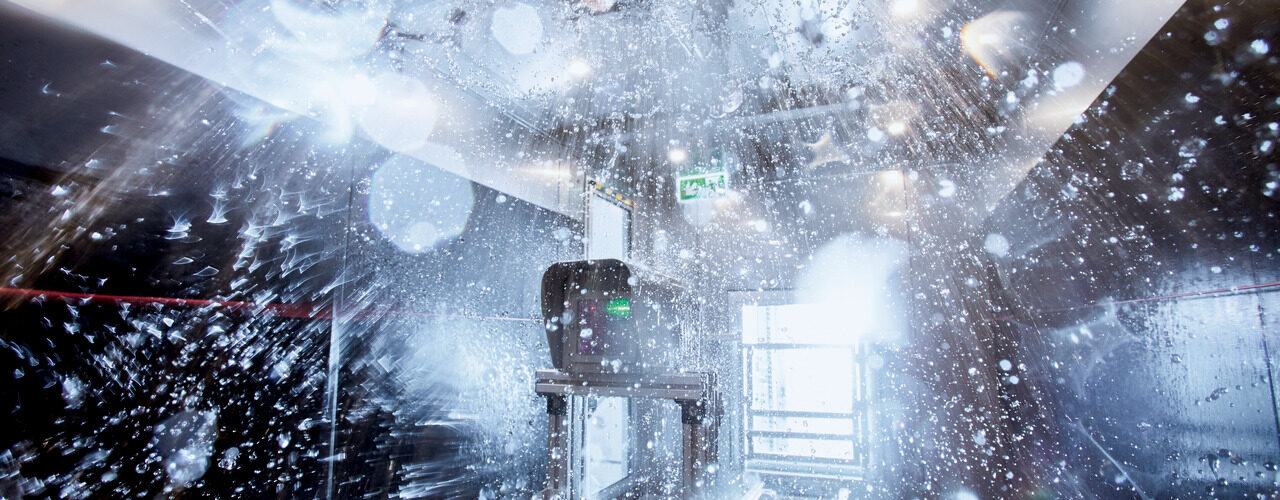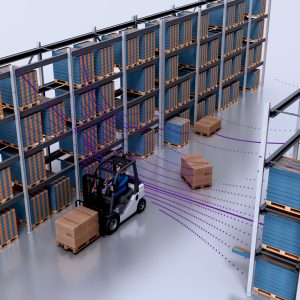Learn all about this patented and innovative technology for distance measurement from SICK
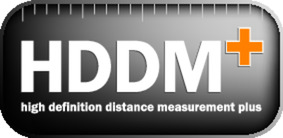 You may have seen the term HDDM+ mentioned when talking about SICK sensors, but what exactly does it mean? Well, we’re here to shed some light on this patented technology, including what it is, how it works, key applications, and the advantages it can add to your operations.
You may have seen the term HDDM+ mentioned when talking about SICK sensors, but what exactly does it mean? Well, we’re here to shed some light on this patented technology, including what it is, how it works, key applications, and the advantages it can add to your operations.
To start, HDDM+ stands for High Definition Distance Measurement Plus. It is a high-resolution time-of-flight process for non-contact distance measurement that is used in distance sensors and LiDAR sensors. Suitable for indoor and outdoor use, the technology is used to measure the distance to diffusely reflecting objects and to retro-reflective reflectors.
The sensing range of distance sensors equipped with HDDM+ is up to 1.5 km on retro-reflective tape. In contrast to single pulse or phase correlation technologies, HDDM+ is a statistical measurement process. This means that the sensor statistically evaluates the echoes of multiple laser pulses to calculate a distance value. Furthermore, thanks to HDDM+, sensors can also be equipped with multi-echo capability. This enables distance measurements with high measurement certainty, even under difficult ambient conditions.
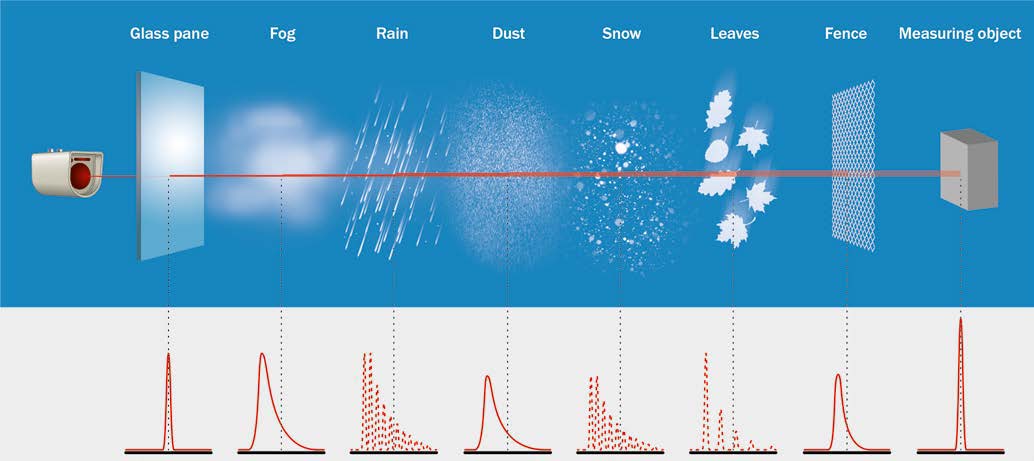
How does it work?
HDDM+ technology is primarily used on optical distance and LiDAR sensors. These sensors are applied in a large spectrum of applications from distance measurement in quality control for the electronics production industry, multi-dimensional object detection and position determination with LiDAR sensors in mechanical and plant engineering, and even determining the position of industrial cranes or vehicles.
Depending on the distance range, measurement accuracy requirements, data repeatability, and ambient conditions, different measurement principles can be used to suit the respective application.
Time-of-flight measurement and HDDM+
HDDM+ utilizes time-of-flight (TOF) measurement for non-contact distance measurement. TOF measurement is an indirect process used to determine the distance to a target object. Essentially, the sensor emits a light beam in the direction of the target object. This light beam is usually laser light with wavelengths in the visible or near infrared range. The sensor receives the light that is reflected by the target object. Using the speed of light, the distance between the sensor and the target object is calculated based on the time of flight of the light.
The distance measurement is practically independent of the target object’s surface properties. Time-of-flight measurement is suitable for one-dimensional distance measurement as well as for multi-dimensional measurement with LiDAR sensors that detect areas or solid angles.
In contrast to single pulse or phase correlation technologies, HDDM+ is a statistical measurement process. This means that the sensor statistically evaluates the echoes of multiple laser pulses to calculate a distance value.
Multi-Echo Technology and HDDM+
HDDM+ sensors can have multi-echo capability. Multi-echo measurement can provide information about object contours and semi-transparent surfaces to better identify and locate objects. In some applications, the sensor receives multiple echoes due to multiple reflections of the light beam. Such (false) echoes can be caused by measuring through protective screens, rain, snow, fog, or dust.
As a rule, only one of the received echoes represents the real distance between the sensor and the target object. The other echoes can lead to inaccurate measurements. The multi-echo capability of the HDDM+ technology enables the Dx1000 distance sensor, multiScan100 3D LiDAR sensor, and MRS1000 3D LiDAR sensor to identify the relevant echo among multiple echoes, to evaluate only this echo, and to transmit it to the connected control. The unwanted echoes can be blanked.
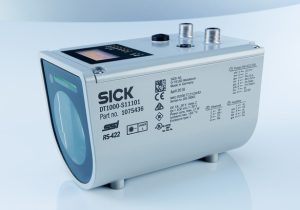
In the example of the Dx1000 distance sensor, the SOPAS ET user interface enables you to represent the detected echoes as a function of the object distance in a diagram on your PC, and to select the relevant echo. To do this, you can define a region of interest (ROI). Echoes within the ROI are evaluated, whereas echoes that fall outside the ROI are discarded.
This means you can perform distance measurements on remote measuring objects through a wire fence by setting the ROI in such a way that the relevant echo of the measuring object falls within the ROI, and the fence echo falls outside the ROI. In addition, you can select the first or last of the existing echoes within the selected ROI for evaluation. As a result, HDDM+ multi-echo technology makes it possible to perform distance measurements even on mirroring surfaces.
An example is the level measurement of liquid aluminum. In the absence of an oxide film on the liquid aluminum, the distance sensor laser is reflected in a targeted way by the mirror-like surface. If the light beam is directly reflected into the receiver optics of conventional laser distance sensors, this usually leads to inaccurate measurements and faults. To prevent this, the distance sensor is aligned a few degrees away from the surface normal. The sensor still receives an echo from the measuring object.
However, because a significant portion of the light beam is reflected by the reflective surface past the sensor receiver optics into the background, the sensor generally receives a second echo from a background reflection, such as on a ceiling.
In the case of conventional distance sensors with time-of-flight technology, the simultaneous detection of two echoes usually leads to inaccurate measurements or even faults. On the other hand, HDDM+ multi-echo technology identifies and blanks the false echo by setting the ROI accordingly. This enables you to measure the distance to the reflective surface with high measurement certainty.
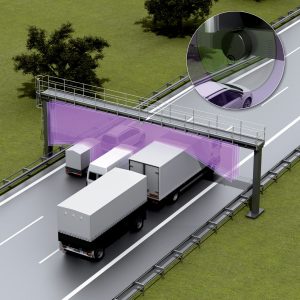 Taking HDDM+ Sensors Outdoors
Taking HDDM+ Sensors Outdoors
Distance and LiDAR sensors equipped with HDDM+ are particularly suitable for outdoor use. This is because they have a high degree of resistance to ambient light, precipitation, fog, or dust in the measurement path. This resistance to ambient light results from the statistical evaluation of the echoes. False echoes due to a high photodiode current induced by ambient light, which can lead to inaccurate measurements in single-pulse measurement processes, are effectively filtered out.
For trouble-free measurements in rain or snow, the multi-echo capability also enables you to effectively filter out short-term reflections of the measuring laser. In addition, the HDDM+ technology can suppress unwanted reflections caused by fog or dust in the measuring range.
For example, collisions between rubber-tired gantry cranes in ports can be prevented by permanently monitoring the movement range with an MRS1000 3D LiDAR sensor. The multi-echo technology enables a reliable distinction to be drawn between false echoes due to rain or fog and the echoes of containers and other obstacles in the movement range. In this way, collisions can be reliably avoided, and high availability is achieved at the same time.
Advantages of SICK’s HDDM+
SICK's HDDM+ patented technology can benefit a variety of industries and organizations, including automotive, aerospace, industrial manufacturing, logistics, medical, and retail. The technology is designed to provide high-precision distance measurement and 3D imaging, which can be used to assist with tasks such as object detection, navigation, and obstacle avoidance.
Additionally, the technology can be used to improve safety and quality control processes, as well as provide real-time data to help with decision-making. Companies and organizations that require precision measurements and 3D imaging in their operations may find HDDM+ technology to be beneficial.
Want to learn more about HDDM+ sensors from SICK?


